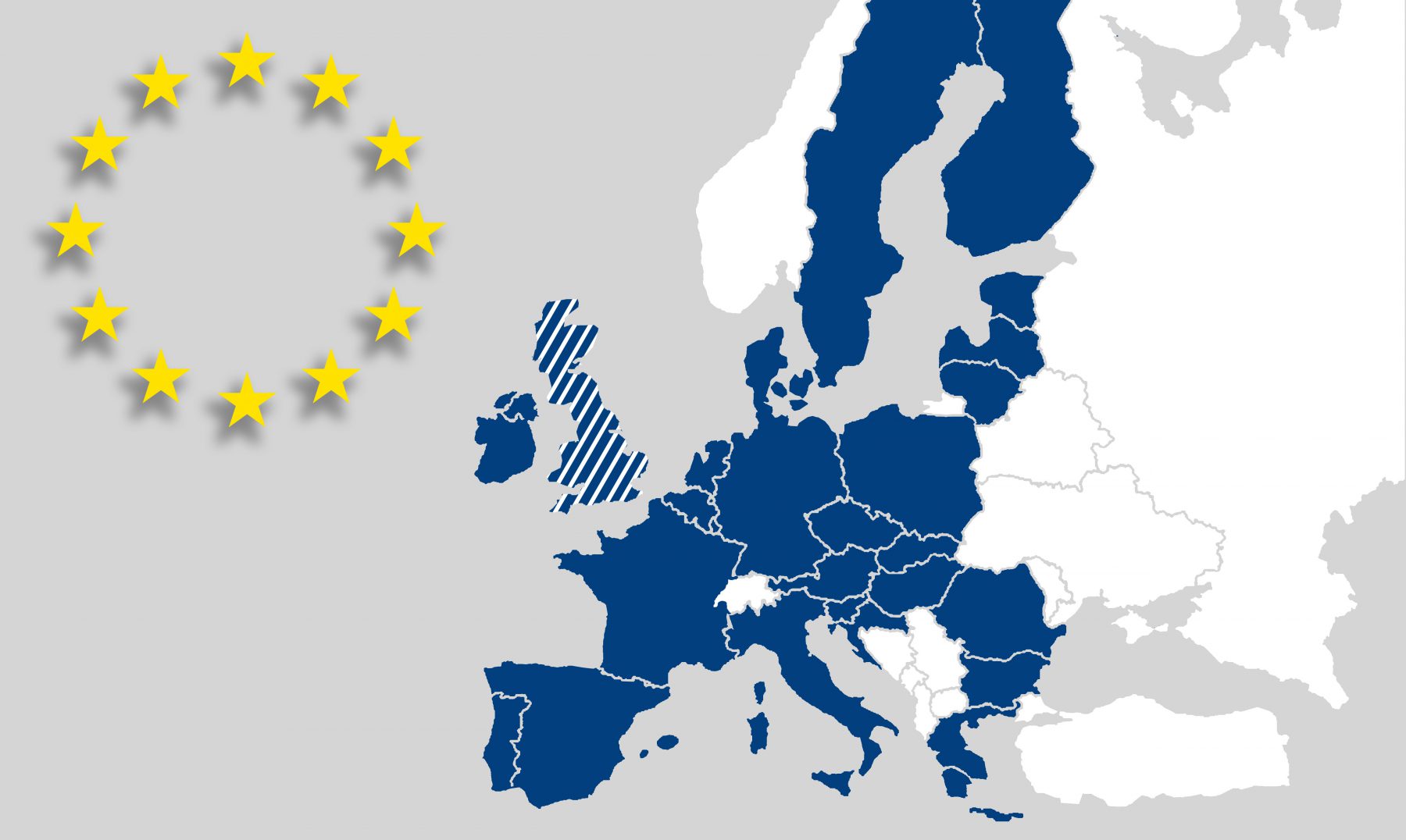Responsibilities of Controllers and Processors
What are controllers and processors under the GDPR?
- Controllers determine the purpose and means of processing personal data and are usually the collectors of data. They do not necessarily need to be located in the EU. Controllers are additionally responsible for monitoring processors’ compliance.
- Processors are engaged to protect data on behalf of the controller
Both controllers and processors are responsible and liable for compliance under the GDPR.
Responsibilities of Controllers
The primary responsibility of controllers is to data subjects. Controllers also demonstrate compliance with the GDPR and ensure data processors’ compliance as well. Controllers outside the EU that regularly process personal data pertaining to people within the EU should have a designated representative within the EU to help manage compliance.
Responsibilities of Processors
Processors are governed by a contract that addresses how data will be processed, how requests from data subjects will be fulfilled, and whether data will be transferred to any other geographical locations. The processor makes information available to the controller to demonstrate compliance and notifies the controller in the event of a breach. It is also the processor’s responsibility to ensure that authorization is given prior to engaging a sub-processor, and that all data is deleted or returned at the end of their service provision.
The GDPR introduces direct statutory obligations on processors as well as severe sanctions for compliance failures. This is especially relevant for non-EU data processors, who need to ensure that if their clients are based in the EU they are responsible for complying with the GDPR. The processor has equal risk for fines as the controller.
Required Data Protection Practices
- Data protection by design and default
Data can also be protected by design, meaning that data protection principles are integrated into the design of the systems that manage personal data. Another way to protect data is by default, meaning putting in place safeguards to limit the processing of data.
- Safeguards
Generally, it is recommended to put in place practices and technologies that are appropriate to the level of risk. Some of the best safeguards are quite simple. For instance, having a data protection officer and consulting with supervisory authorities concerning high risk projects. Other examples include breach notifications and data protection impact assessments (DPIA) for high risk projects.
- Breach notification
Breaches must be reported within 72 hours of discovery unless there is a low risk to the rights and freedoms of the data subjects. High risk breaches should be communicated to data subjects without delay.
- Documentation
Companies with 250+ employees and those that handle certain special categories of data are required to document: contact information, purpose of processing, categories of data, data transfers to other countries, timelines for erasure of different categories of data and, where possible, a description of technical and organizational security measures.
